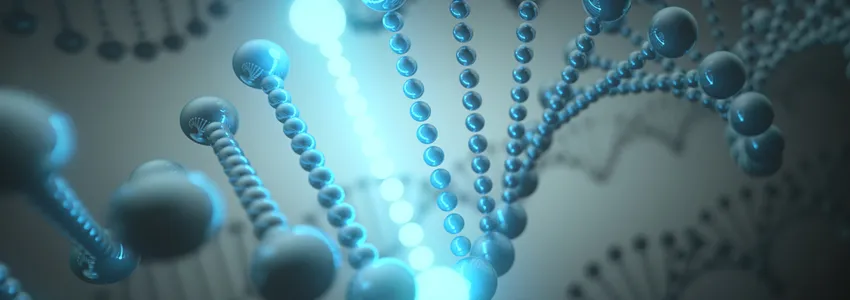
Graphic by ktsdesign, Shutterstock: Watch Video!
February 4th, 2016 - Stanford Medicine Scope - by Becky Bach
DNA, RNA, protein, end of story, right? Well, no. Sometimes, RNA is edited after it is created. These new revised copies can perform different functions or contribute to the development of disease.
But for decades, no one had a great way to examine post-transcriptional changes to RNA, much less understand what role they play in cellular processes. Thanks to advances in technology, that is changing.
In the video above, Jin Billy Li, PhD, assistant professor of genetics, explains how his lab is working to unravel RNA’s remaining secrets. “In the future, we hope to associate this interesting phenomenon with human neurological conditions such as autism, epilepsy, depression and ALS,” he says.

